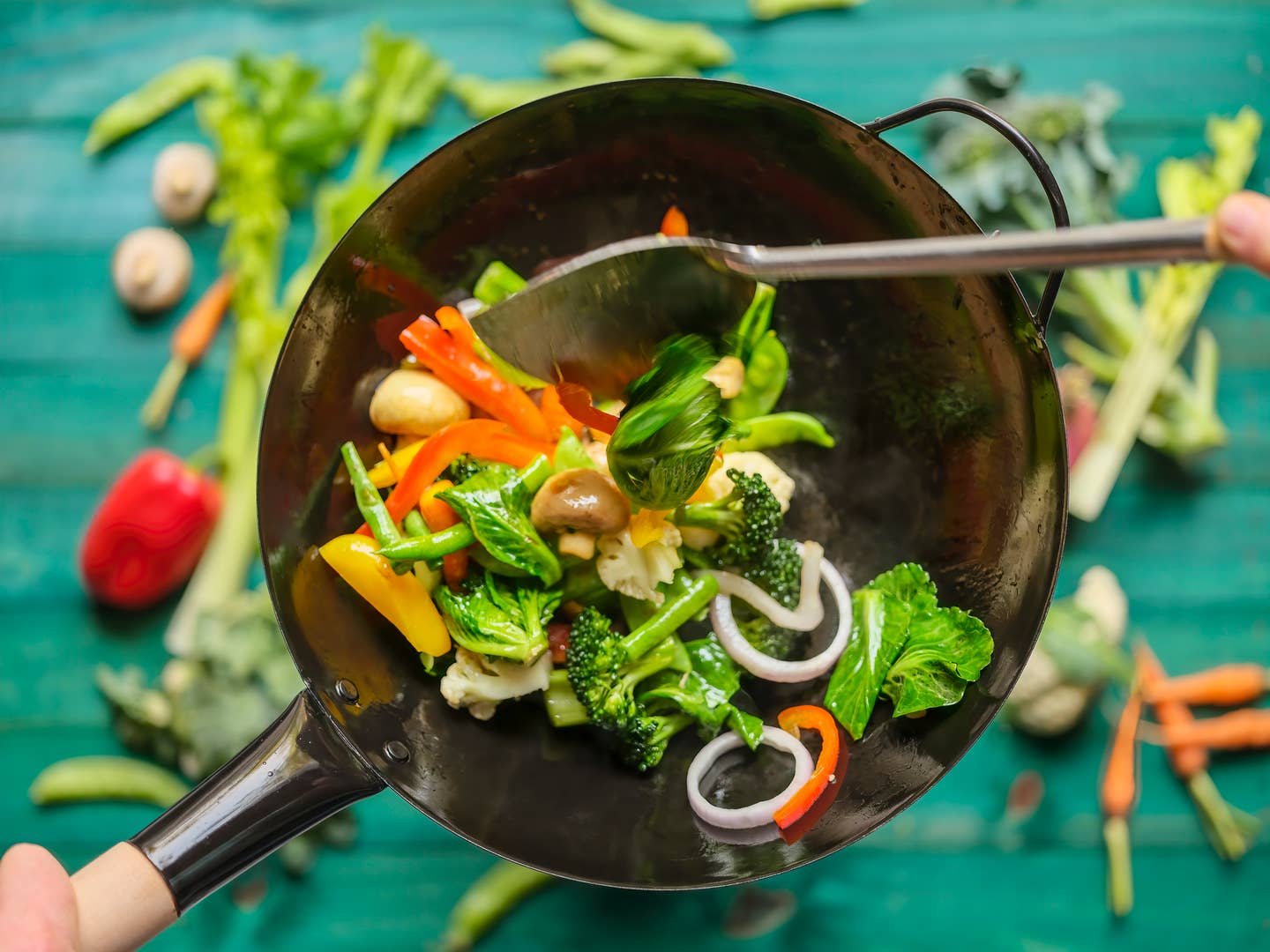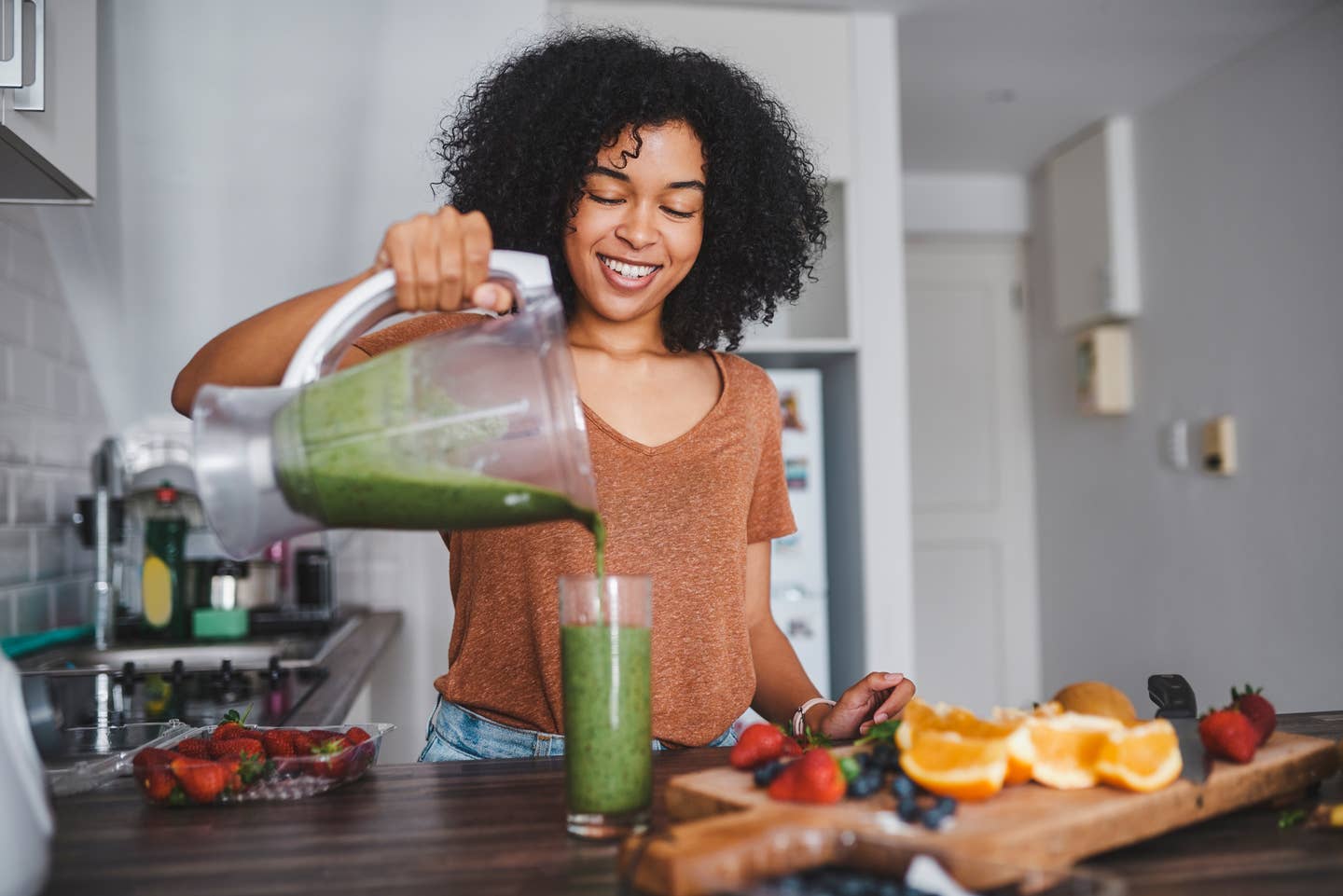
How to Get More Nutrients From Your Food, by an RD
You’ve worked to improve your eating habits by increasing your veggie intake, adding in some nuts and seeds, and drinking your water. However, you are still feeling like you could use more energy! Why is that?
Well, even though you are making great food choices, the way that you are preparing your food can make a big difference in the nutrients that are available for our bodies to absorb.
Let me walk you through how you can prepare your foods in ways where you can absorb more nutrients from them and therefore improve your energy!
Nutrients Impact Your Energy
First, let me walk you through the types of nutrients that are involved in energy production the most. First, for the purposes of talking about absorption and energy, focus on micronutrients (vitamins and minerals) specifically, such as vitamin D, iron, and calcium. We also get direct energy from macronutrients (carbohydrates, protein, and fat) in our food, but vitamins and minerals are essential for the production and storage of energy in the body, along with vital bodily functions such as oxygen transport through red blood cells.
How to Get More B Vitamins
There is a wide spectrum of B vitamins that are all involved in energy production in one way or another. A handful of B vitamins assist in glucose metabolism – aka the process of breaking down carbohydrates into a form the body can use for energy and distributing that energy to body cells. The B vitamins assisting in this process include B1 (thiamine), B2 (riboflavin), B3 (niacin), B5 (pantothenic acid), and Biotin. These B vitamins can be found in widely in plant-based foods, including whole grains, beans, seeds, nuts, mushrooms, spinach, potatoes, and avocados.
Other B vitamins assist in red blood cell synthesis. Red blood cells contain a protein called hemoglobin, which carries oxygen from the lungs to the rest of the body. When hemoglobin is low, we often feel like we have low energy. B vitamins that are involved in red blood cell synthesis include B6 (pyridoxine), Folate, and B12 (cobalamin). These B vitamins can also be found in a variety of plant-based foods, including leafy greens, whole grains, legumes, bananas, avocados, fortified plant milks, and nutritional yeast.
How to Get More Iron
Iron is vital for the proper function of hemoglobin, which is needed for oxygen transport to the muscles and the brain. Insufficient iron can make the body use energy less efficiently.
Iron is found in legumes, tofu, nuts, and seeds.
How to Get More Vitamin C
Vitamin C is involved in the process to help transport fatty acids into the energy cells of the body aka the mitochondria. An insufficient vitamin C supply can be responsible for weakness or muscle aching. It also helps our body absorb iron, which as we know, plays a large roll in energy levels.
Vitamin C is found in red peppers, citrus fruits, broccoli, strawberries and kiwis.
How to Get More Magnesium
Magnesium plays a role in helping our body use energy, as it helps to deliver energy within the cell. Signs of magnesium deficiency is often fatigue, but also muscle weakness or stiffness.
Magnesium is found in green leafy veggies, legumes, nuts and seeds.
How to Get More Zinc
We need zinc to ‘turn on’ the chemical processes that break down food into little molecules. Zinc essentially is needed to help turn carbohydrates, protein, and fat into energy.
Zinc sources include legumes, nuts, and seeds.
How to Get More Vitamin D
Vitamin D is a fat-soluble vitamin that is in fish, egg yolks, and cheese or fortified foods, but if you eat plant-based, mushrooms are a great source of D. If you take vitamin D supplements, the vitamin itself gets absorbed best when you eat healthy fats like avocados, nuts, seeds -- and best if taken with your meal. Other vitamins that help D absorption are K, magnesium, and zinc. And of course, 20 minutes of sunlight a day helps your body to absorb vitamin D, so get outside!
How Cooking Affects Nutrient Content of Foods
Okay so now that we know which nutrients can impact energy, let’s talk about how we can prepare those nutrient-rich foods in a way that will preserve their vitamin and mineral content.
Vitamins B & C
Water-based cooking methods (such as boiling), cause the greatest loss of water-soluble vitamins – which is what Vitamins B & C are. Long cooking times at high temperatures, such as with roasting, can also decrease B vitamins by up to 40%.
Cooking for a shorter amount of time, like with sauteing and frying, helps to preserve B vitamins and helps with the absorption of fat-soluble vitamins and other plant compounds. However, the amount of vitamin C is decreased in some veggies with these methods. Microwaving is also a safe cooking method that preserves most nutrients due to its short cooking time – only 20-30% of the vitamin C in green veggies is lost, which is less than most cooking methods. Steaming is actually one of the best cooking methods for preserving nutrients, including water-soluble nutrients.
Minerals: Iron, Zinc and Magnesium
Minerals such as iron, zinc and magnesium are fairly heat-stable, so cooking temperatures do not appear to impact the availability of these minerals.
However, methods of food preparation can affect the iron content of food both positively and negatively. Research has told us that cooking foods in a cast-iron pan can increase the iron content of foods, even by as much as a five-fold increase. As well, cooking with vitamin C-rich foods can enhance the absorption of iron.
Iron can be lost during food preparation by dissolving in a cooking liquid. However, if the cooking liquid is consumed (ie in a stew or a soup) then the iron is not lost. You also should avoid consuming calcium-rich foods (fortified soy beverage) and foods rich in polyphenols (coffee and tea) with iron-rich foods (legumes), as they can significantly reduce the absorption of iron. Have your smoothie, coffee or tea between meals instead of at your meals!
Bottom Line: How to get the most energy from your food:
- Raw fruits & veggies generally retain more vitamins than cooked ones. However, some foods need to be cooked for consumption (ie legumes and grains)
- When using a water-based cooking method, consume the liquid left in the pan after cooking and use smaller amounts of water to reduce the losses of vitamin C and B vitamins
- If cooking veggies, only cook for a few minutes whenever possible.
- Use a cast-iron pan when cooking and pair vitamin C-rich foods with iron-rich foods
- Keep the tea or coffee and fortified plant-based beverages to between your meals vs at meals
More From The Beet






